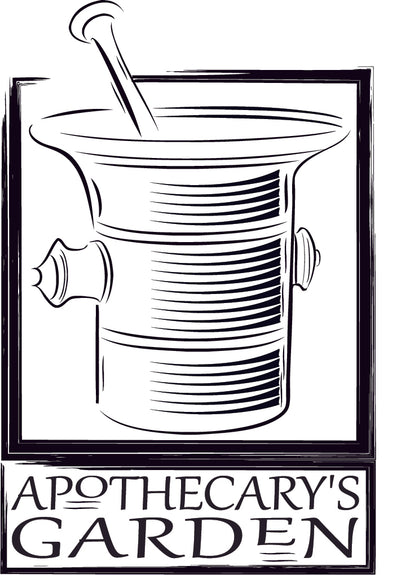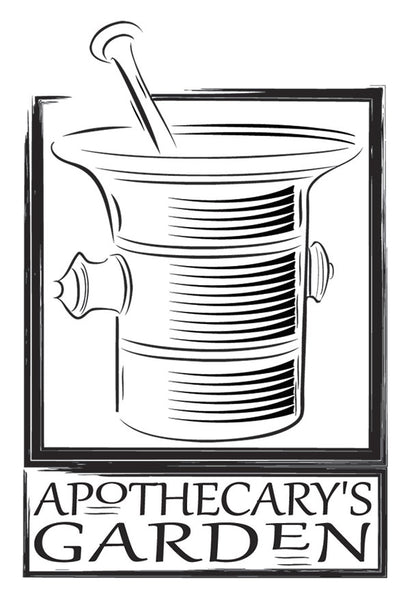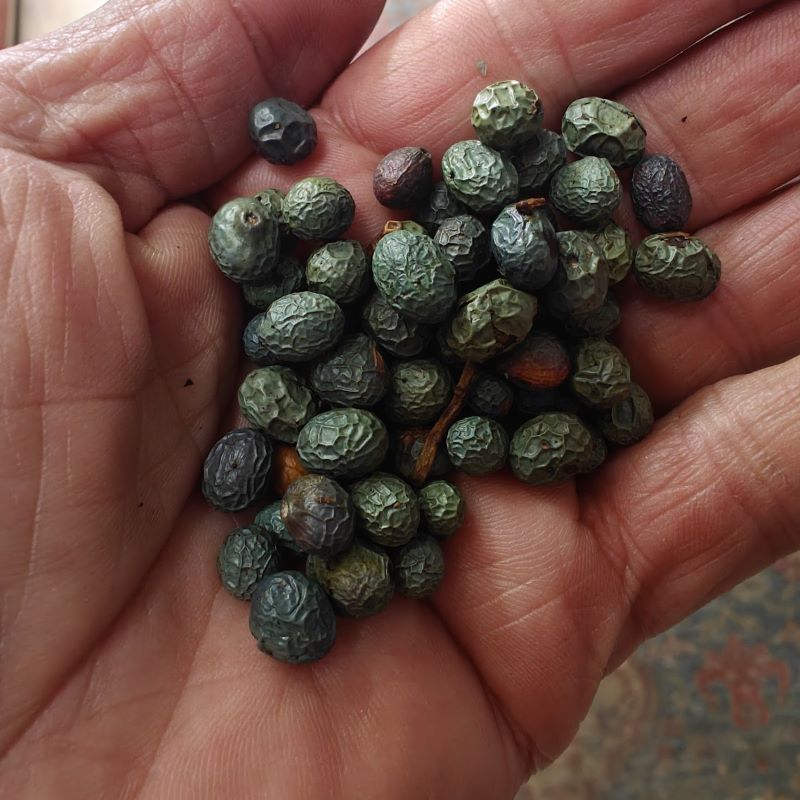
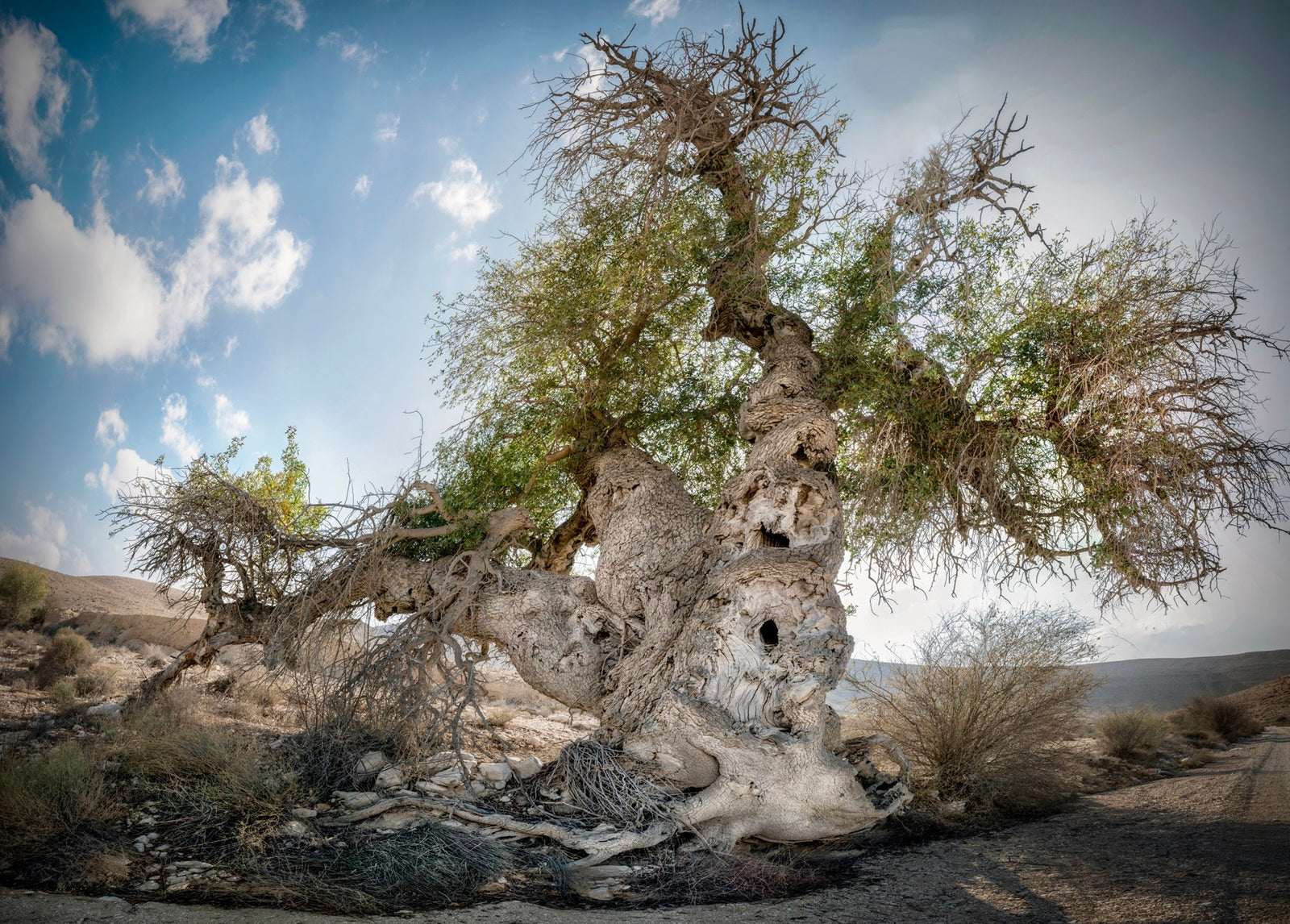
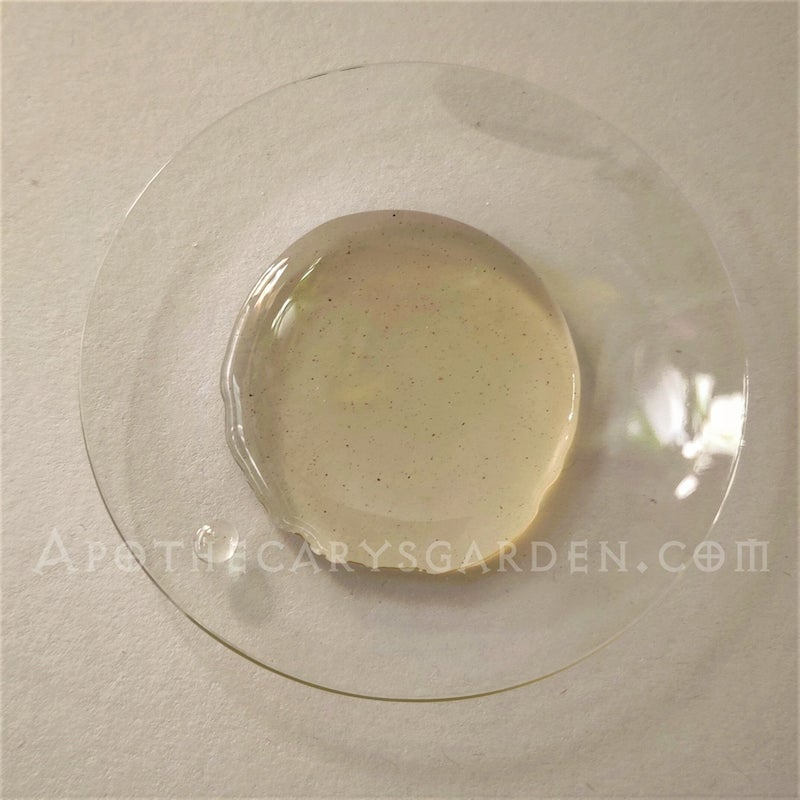
Mount Atlas Mastic Seeds
Gift Seed Packets-PLEASE NOTE
You can choose 1 gift with each order, and I will include it in your package free of charge.
Simply add it to your cart with your other purchases.
If you add more than 1 gift, I will choose which gift to send you.
If you add gifts to your cart and checkout, paying only postage, I will cancel your order.
Pistacia Atlantica, AKA The Mount Atlas Mastic tree, is a species of Pistacia/Pistacio related to the Chios Mastic and Pistacio trees.
This tree provides a plethora of ancient traditional medicines, and its resin is a lovely balm, perfume, and incense ingredient.
Germinating your seeds
Stratification and scarification can help germinate your Pistacia atlantica seeds but are not 100% necessary.
Stratify: Keep your seeds at a temperature between 3 and 5 degrees Celcius for 2 months. This can be done easily in any household fridge.
Scarify: Abrade using a file or sandpaper and lightly score a small area on the exterior of the seed and remove some of its outer layer (pericarps).
Place: in a light, well-drained soil.
Cover the seeds lightly with soil and keep them evenly moist but not saturated with water. Loosely covering the soil with plastic and spraying it occasionally works well. If covering it with plastic, ensure enough ventilation to avoid fungus and mould growth.
Germination usually occurs in 1-2 months.
Transfer seedlings to pots or outdoors in a brightly lit area once they are sturdy enough.
Mount Atlas Mastic
Growing from the Atlas Mountains in Morocco to the Zagros Mountains in Persia, Mount Atlas Pistacia is considered by many to be the Terebinth tree referred to in the Old Testament. Though there is a separate species of Pistacia named Pistacia terebinthum, it is much smaller in stature and yields very little resin compared to the Pistacia Atlantica.
Some of the oldest and largest trees standing in Israel are Pistacia Atlantica, which is thought to be the "Elah" tree referred to in the Old Testament. (In Hebrew, Elah also means Goddess)
The resin from the Mount Atlas Mastic tree is considered the original source of turpentine/Terebinth, which was later collected from Pine trees.
All parts of the Mount Atlas Mastic tree are used in traditional medicine and have been for thousands of years. Ibn Sina (Avicenna) writes extensively about its healing properties. It is a mainstay of ancient Greek, traditional Unani, Islamic, Persian, and other medicinal systems. Edible and medicinal oil is pressed from the ripe fruit, while leaf fruit, resin, and oleoresin are all used in traditional medicine.
The list of therapeutic applications is extensive and well worth researching online..
Pistacia Atlantica oleoresin has been traditionally used to address ulcers, dyspepsia, respiratory, musculoskeletal, renal and hepatic issues as well as burns, wounds and other skin conditions.
Cultivated and harvested traditionally by co-ops, this resin is considered both sustainably harvested and fairly traded.
The dried resin is used locally as chewing gum, benefiting oral and digestive health.
The resin and essential oil of Mount Atlas Mastic are valuable in incense blends, perfume compositions, steam inhalations, muscle and joint rubs, respiratory balms and much more.
The oleoresin of P. atlantica dissolves beautifully in warm carrier oils and easily deliver its therapeutic properties in salves, cremes lotions and oils. It has a wonderfully fresh and uplifting fragrance and is also alcohol-soluble.
Each gift packet contains 10 P. Atlantica seeds.
The stunning photo of an ancient Pistacia atlantica tree in Israel is by Professor Amit Zoran. A talented interdisciplinary artist . You can view his work here-https://www.amitzoran.com/
Dan
Customer Reviews
???
